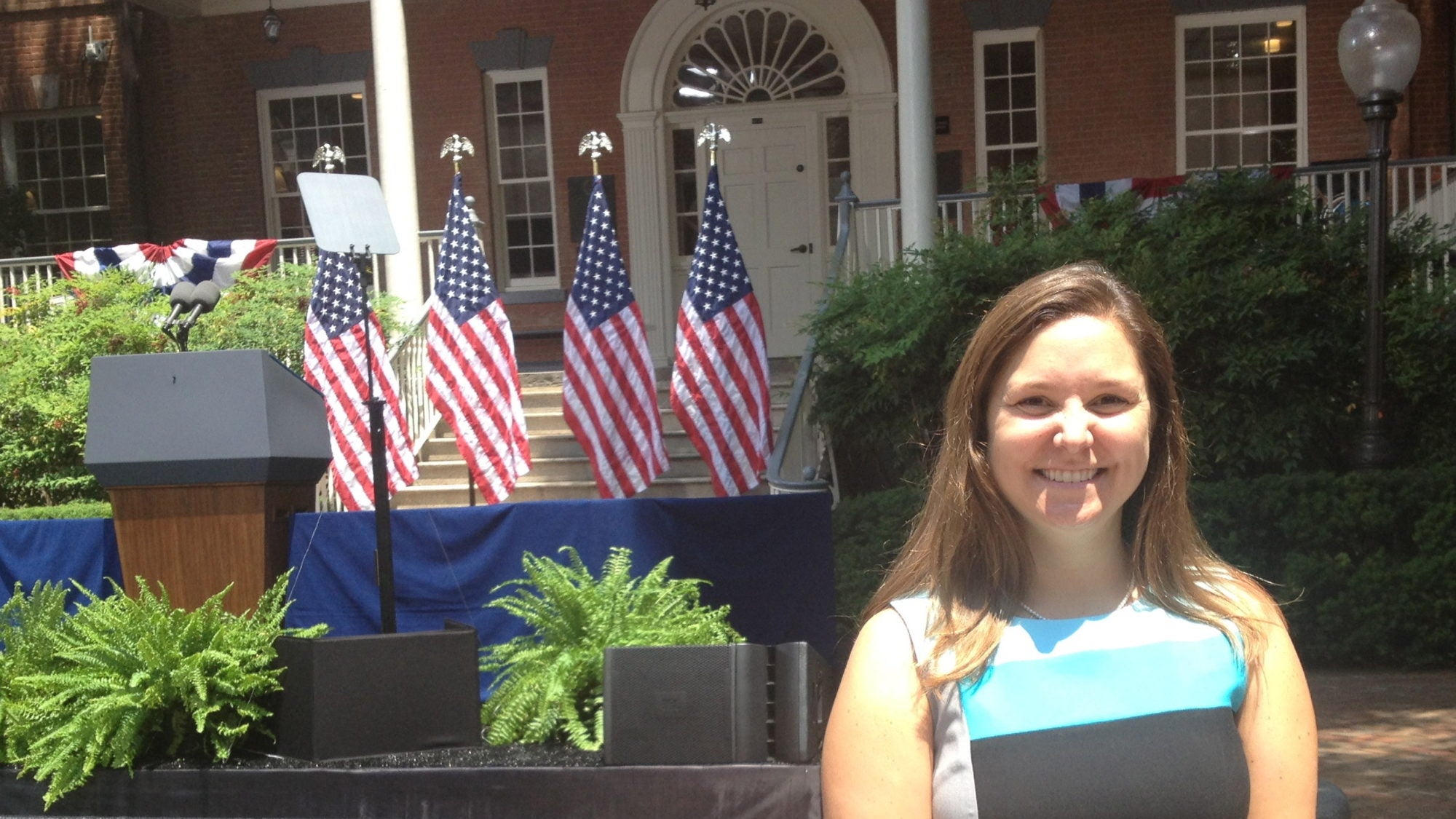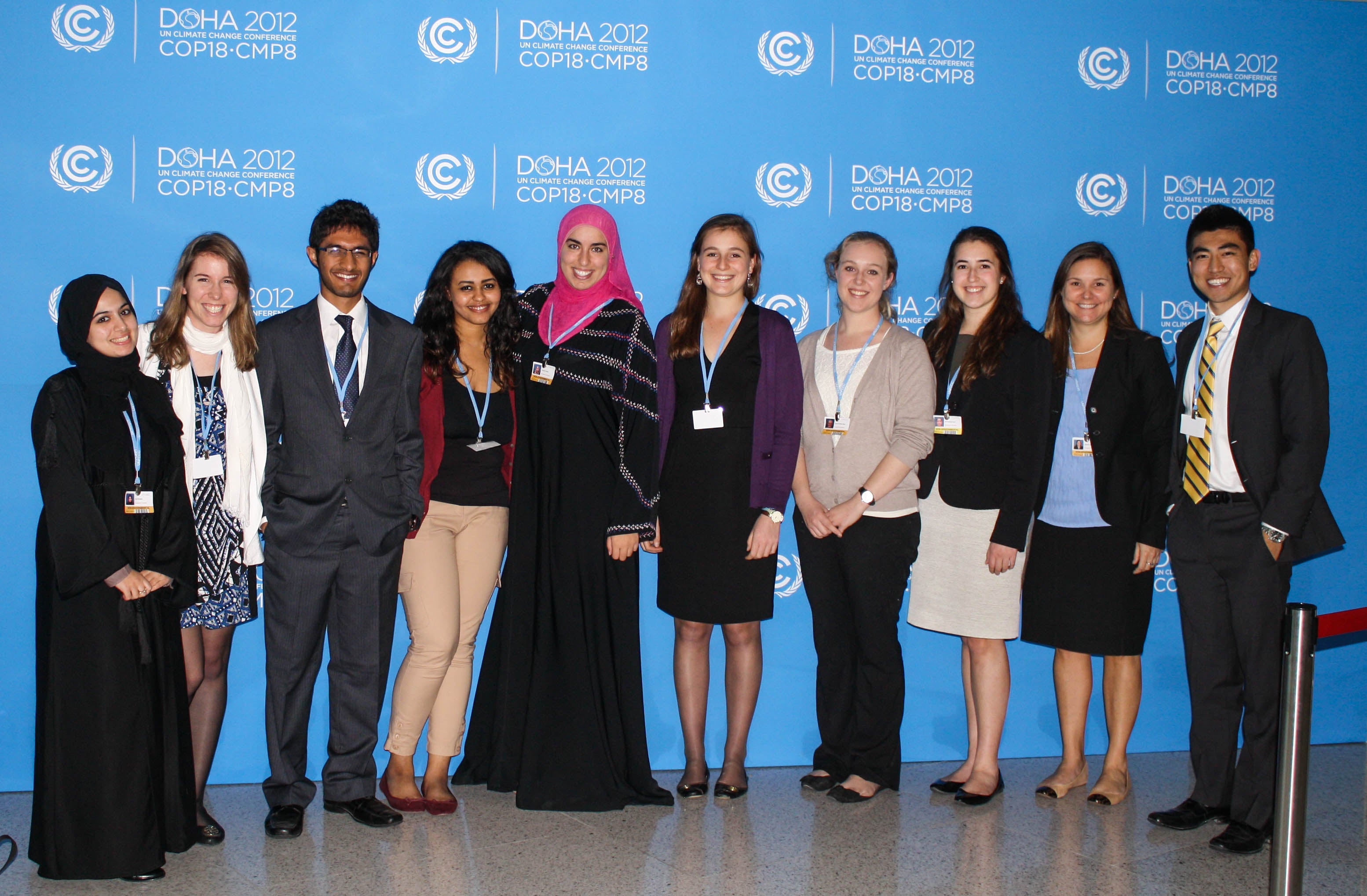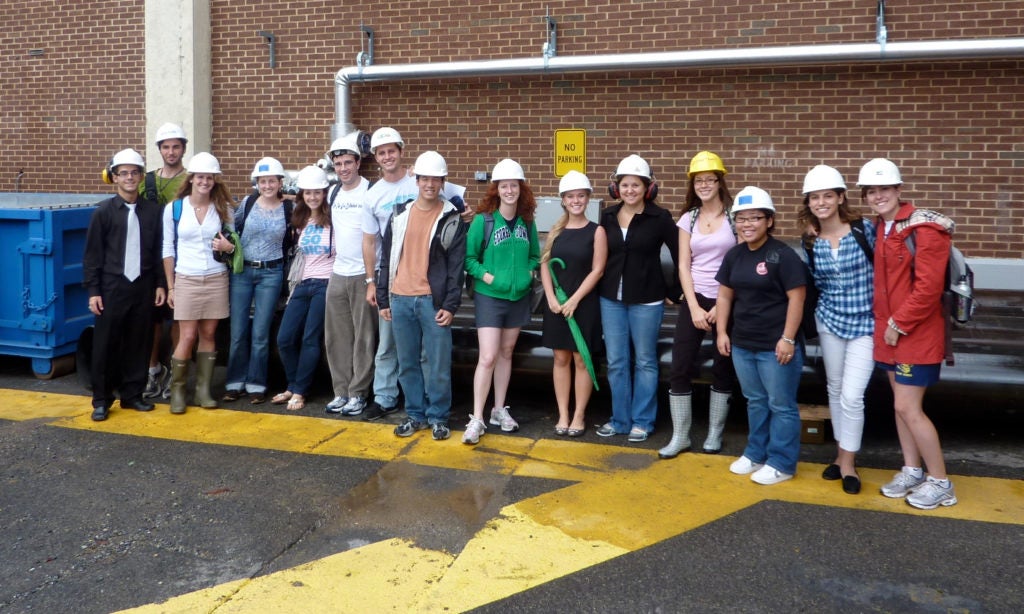
Title: Joanna Lewis Named New Director of the STIA Program
Professor Joanna Lewis, who first joined the Georgetown faculty over a decade ago, has been named Director of the Science, Technology and International Affairs (STIA). She succeeds Professor Mark Giordano, who served in the position for five years. As Director, Giordano placed particular emphasis on growing the STIA faculty through new appointments and joint appointments with other Georgetown schools.
As the product of an interdisciplinary education spanning the natural and social sciences herself, Lewis emphasizes its importance within the STIA program.
“I am part of a new generation of scholars that believes in the value and even the necessity of interdisciplinary training. I bring this perspective to my leadership of the STIA program and to my involvement in building interdisciplinary undergraduate and graduate programs and research initiatives across the university.”
With pressing issues like climate change and nuclear proliferation receiving national and international attention, the STIA program is situated in the ideal location of Washington, DC, where many important policy decisions are being made. One of Lewis’ main goals as director is to expand the program’s profile and impact, both in Washington and around the world.
“I plan to do this by working with our faculty and staff to expand innovative learning opportunities for our students, strengthen the STIA faculty research base and student involvement in it, and strategically position STIA and SFS as a hub for engagement with policymakers and other key stakeholders on the crucial science and technology challenges of our time,” Lewis says.
A Career in Research and Collaboration
For Lewis, her exposure to the issue of climate change during her undergraduate years was what inspired her to work in the field she does today.
Since then, she has dedicated her career to researching energy and climate issues, particularly in finding options for low carbon development and ways to expand the use of renewable energy in the developing world. This interest led her to studying the case of China.
“I started working in China because it was a country with a rapidly growing energy sector with minimal renewable energy deployment,” she says. “This was almost 20 years ago, and China is now the largest renewable energy market in the world.”
Though the current political environment adds a complicated layer to collaboration between the U.S. and China, she highlights the value of such cooperation on these kinds of issues.
“I have had the opportunity to collaborate with Chinese researchers and organizations throughout my career, and am a big proponent of the need for continued science and technology collaboration between our countries, even in times of elevated political tensions.”
The Bridge Between Experience and Teaching
 From serving as an advisor to governments and foundations to being a lead author for the Intergovernmental Panel on Climate Change (IPCC), Lewis has had numerous opportunities to directly engage in the processes of decision-making.
From serving as an advisor to governments and foundations to being a lead author for the Intergovernmental Panel on Climate Change (IPCC), Lewis has had numerous opportunities to directly engage in the processes of decision-making.
“Serving on the IPCC was an invaluable experience to understand the challenges of reaching consensus on complex science and policy topics. Assisting and advising foundations and governments on their engagement with China in the climate and energy space both informs my research and allows me to ensure my research has impact.”
Lewis is a strong proponent of bringing students to forums in which these types of crucial conversations are being held.
“Whenever possible I have included students in my research trips to attend the climate negotiations which has prompted several former STIA students pursue careers in climate and energy policy. My classes also engage directly with the State Department’s climate negotiators though an annual Climate Diplomacy Lab.”
STIA Today
On an institutional level, Lewis believes that a challenge STIA faces today is meeting the growing student demand.
“I think that the popularity of STIA is due to a combination of factors: the subject matter, the interdisciplinary nature of the curriculum and faculty, and innovation in the way the curriculum is developed and presented,” she says.
Because of this, she plans to develop more opportunities for students at the SFS and across the university by increasing faculty members and program offerings.

Lewis states, “A key opportunity is expanding our offerings at the graduate level, both through new programs and by involving more graduate students and postdoctoral fellows in STIA faculty research.”
She also speaks to the need for leaders in government and the private sector to be well-informed in order to understand and to address the complexity of current global policy problems dominating discussions. That necessary knowledge and expertise are exactly what the STIA program aims to provide future leaders.
“The STIA program is uniquely positioned to educate the next generation of leaders skilled in science and technology, to create knowledge that will advance cross-cutting solutions for today’s most pressing issues, and to drive innovation at the nexus of science and international affairs,” she says.
Lewis highlights how STIA has prepared and continues to prepare students for their own professional careers: “Our graduates are successful entrepreneurs, scholars and policymakers. We have trained a disproportionately large percentage of Georgetown’s Rhode Scholars, Truman Scholars, Fulbright Fellows, Circumnavigator Fellows, and other prestigious award recipients. Prospective SFS students are increasingly identifying STIA-related topics as motivating their interest for applying to Georgetown and are applying to SFS specifically to pursue the STIA major.”
As science and technology continue to develop at a rapid pace, issues including environmental sustainability, cybersecurity, and modern warfare, present new challenges for society to address. In such a crucial time, Lewis’ transition to leadership provides an exciting new chapter for STIA in educating the next generation of scholars and leaders.